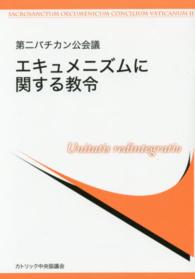Full Description
Enigmatic Hungarian photographer Gergely Papp (1922-2000) was born into a peasant family, on a farmstead in Pusztaecseg (now Ecsegfalva) in Eastern Hungary. He would live there for the rest of his life. In 1938, Papp learned the mechanics of photography from his brother and took to depicting life in the village: christenings, harvests, hunting, weddings, funerals and much more. Papp documented provincial life in Hungary before and throughout World War II, the communist regime and failed 1956 revolution. He eventually stopped taking photographs in early 1963. Distressed by the forced nationalization of the family's land, Papp went out, cut down his fruit trees and took a final self-portrait in the remains. The life and work of Gergely Papp was little known until his images were encountered by Hungarian art historian Tibor Miltenyi in the 1990s, shortly before Papp's death. While much of Papp's archive was destroyed by local vandals, the Archive of Modern Conflict has acquired the few surviving photographs; many appear here, published for the first time.








